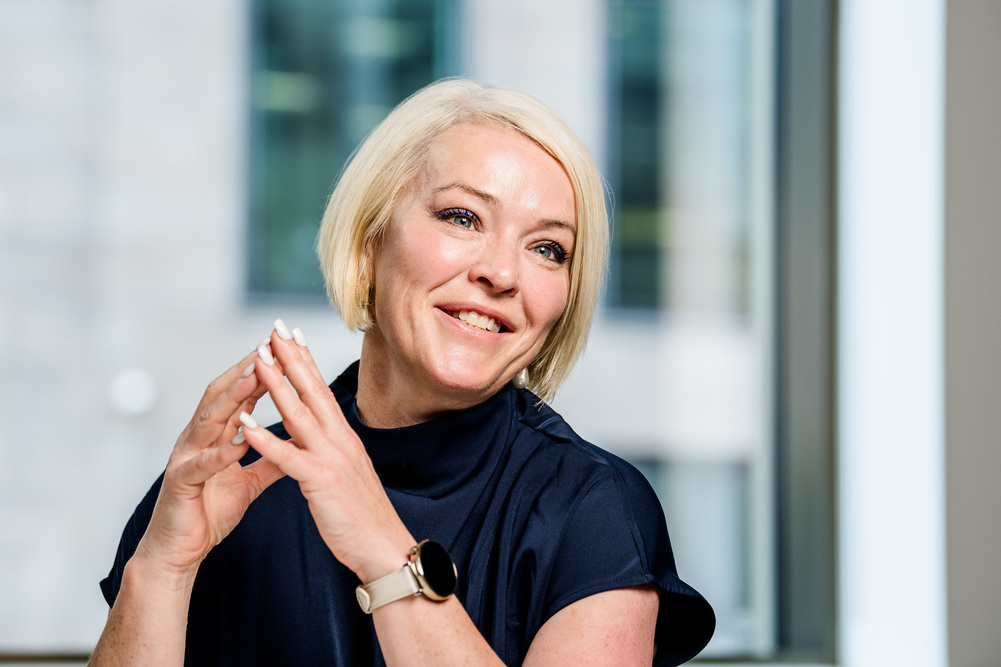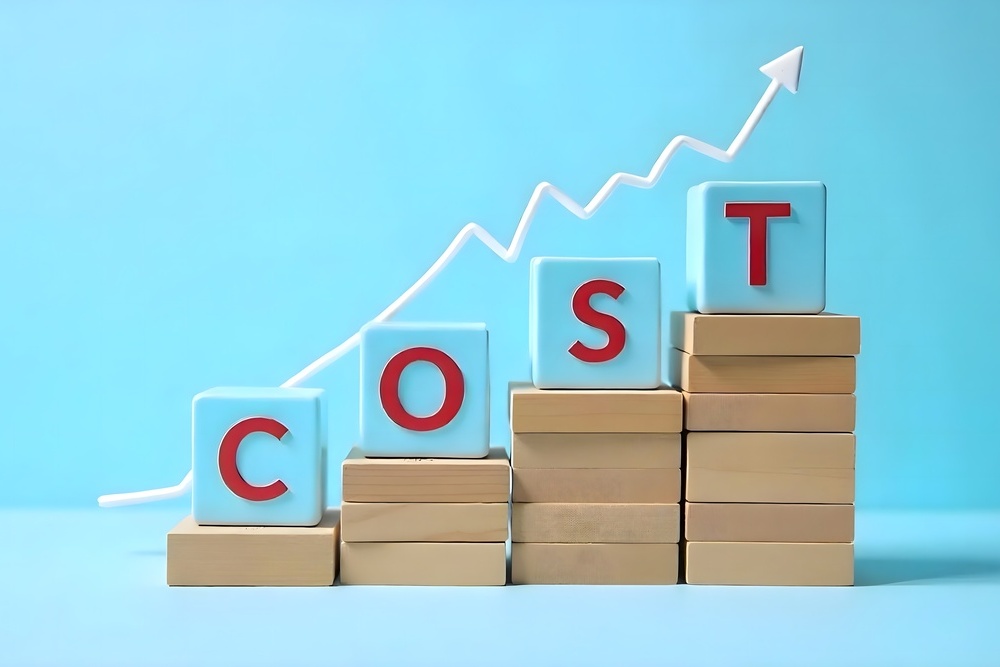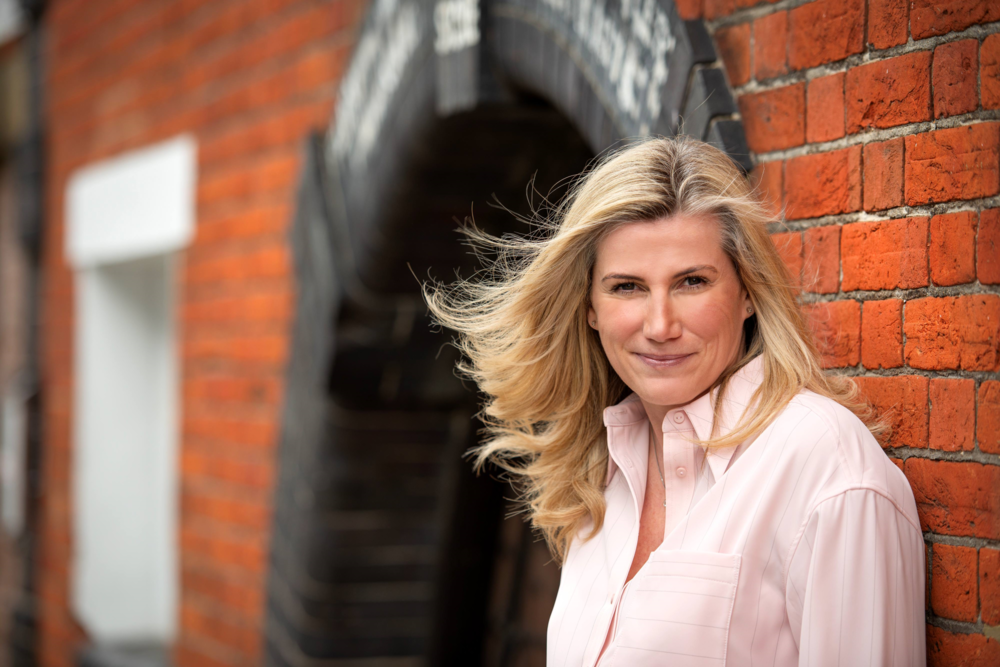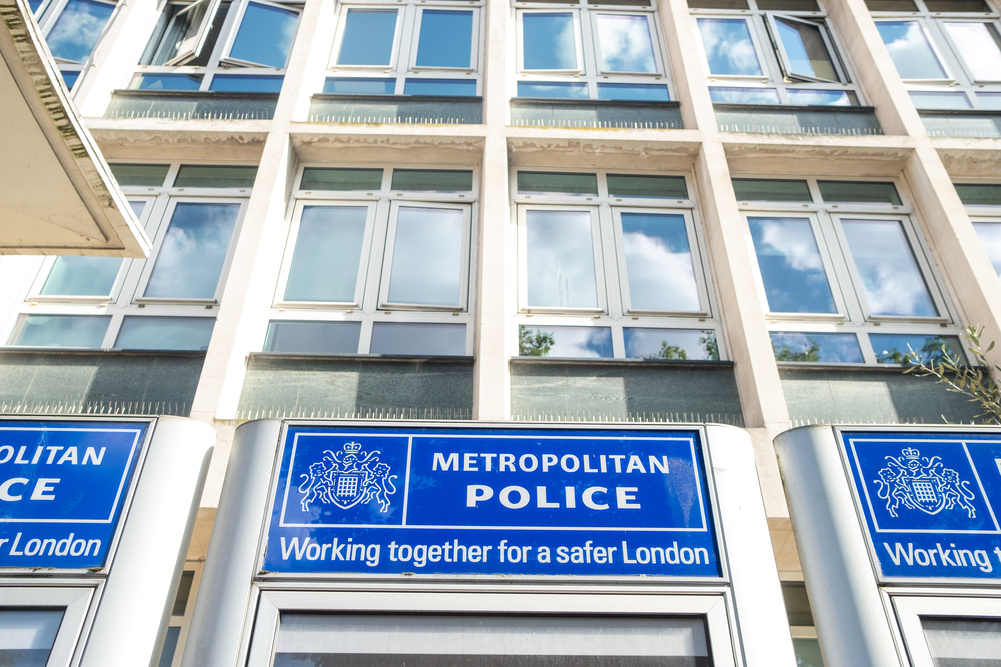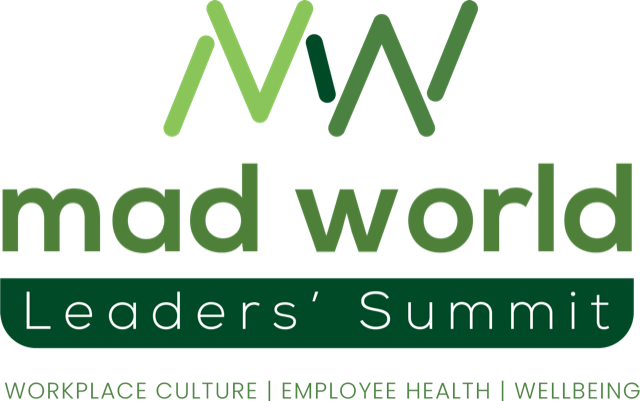As global health funding faces increasing pressure and drastic cutbacks from the Trump administration, Robina McCann, VP Health at AngloAmerican, is doubling down on what’s within her control: making Health and Wellbeing a strategic, measurable business advantage, recognised as such by senior management.
In this candid Q&A, she shares how health professionals can build confidence, communicate value to leadership, and harness collaboration (and even AI) to drive impact at scale…
The global health landscape is shifting and in particular we have seen a reduction in traditional global health funding sources. How do you respond to this challenge in your role as VP Health at Anglo American?
Well, I try not to let things keep me awake at night, but it’s true we are living in uncertain times.
In particular, we are seeing a widespread reduction in funding global health organisations and programmes which have been so influential in progressing the occupational health and safety agenda. That includes doing important research that influences how we progress globally.
But we focus on what is within our control as a business, and that is how we protect the health of employees, contractors, local communities and other stakeholders to the best of our abilities.
How can corporates continue to make a strong business case for Wellbeing amid these challenges?
Many global corporates are still relatively early on in the journey of understanding the value of wellbeing, but explaining Health and Wellbeing investment as a strategic advantage to business stakeholders is a good starting point.
There are, indeed, some excellent studies showing that companies that are proactive in their approach to Health and Wellbeing outperform their competitors and see measurable impact on their business outcomes.
And that’s the piece that needs to be communicated to leadership teams – it’s about presenting the evidence that Health and Wellbeing can be a valuable strategic enabler of the business and its objectives, rather than a cost.
Tell me more about how we can communicate this message within an organisation and at leadership level in particular...
We need to talk in terms of validated metrics. That’s certainly my main focus now; communicating the value of the performance of health.
That means not just communicating what we spent and the return on our investment, but also answering the question: how are we performing better as a business as a result?
In the Health and Wellbeing space we have not traditionally reported monthly and quarterly performance results – but we may be at a point where we need to start.
What actions are you taking in your role to get the business case message for Health and Wellbeing across?
One of my favourite sayings is “fortune favours the brave”. I’m passionate about what I do. So, I engage in conversations and reach out to senior leaders.
I did it recently to a new leader, talking to him about burnout and how a business can approach it, so it doesn’t affect the bottom line.
Of course, it’s a careful balance. But there is a huge role for health professionals, making the case for how the Health and Wellbeing space is of value in terms delivering profitable business outcomes.
What tips do you have for Health and Wellbeing professionals in making the business case to senior management?
It is important to explain the value of health and wellbeing and why it’s important to the business’ bottom line.
You need to be clear and succinct, while understanding that it takes time to build your confidence to communicate this message to leadership. I often see that inner confidence building as a real need in the women that I mentor.
I’d also advise people to always stay curious, learning and asking questions so you’re working on yourself continuously. I’m always reading, listening to podcasts, going to events and speaking to people.
You’re also a big believer in cross-functional collaboration, aren’t you? Tell me about how that helps get your message across…
My view is that no one person can shift an organisation by themselves.
You have got to understand who your key stakeholders are. Who have you got to get onboard? Who can you co-own an agenda with?
Then there’s a bit of, again, backing yourself to go and approach them and, say, ask them if they want to have a coffee with you. Then ask questions and actually listen to the answers.
I’ve learnt over my career that, actually, it’s not as hard to ‘human’ and connect as we sometimes think it is.
Talking of that… any topline thoughts on AI?
There are certainly opportunities to harness AI within the Health and Wellbeing space.
It’s a big change and of course we need to understand and evaluate the pros and the cons. As an organisation, we are focused on AI governance, AI risk management and learning programmes to ensure our use of AI is responsible, but also value-accretive.
Fundamentally, we must not neglect our humans skills in the transition. Evidence suggests that rising rates of mental health issues have arisen from our distancing from ‘real’ life, which is so necessary to humans for well-being.
I’m optimistic that we are going to hit a nexus point where people really recognise that we have a deep, ingrained need for human contact, true social interaction and meaningful community both at work and at home. (For more of Robina’s thoughts on AI, see this article).
You were a doctor for 30 years. What do you like about what you do now?
As a doctor, I could ‘fix’ or at least help the one person in front of me. I got a lot of satisfaction from that but, now, I get to influence the health of 90,000 people and maybe more. I can shift the dial in a much bigger way.

